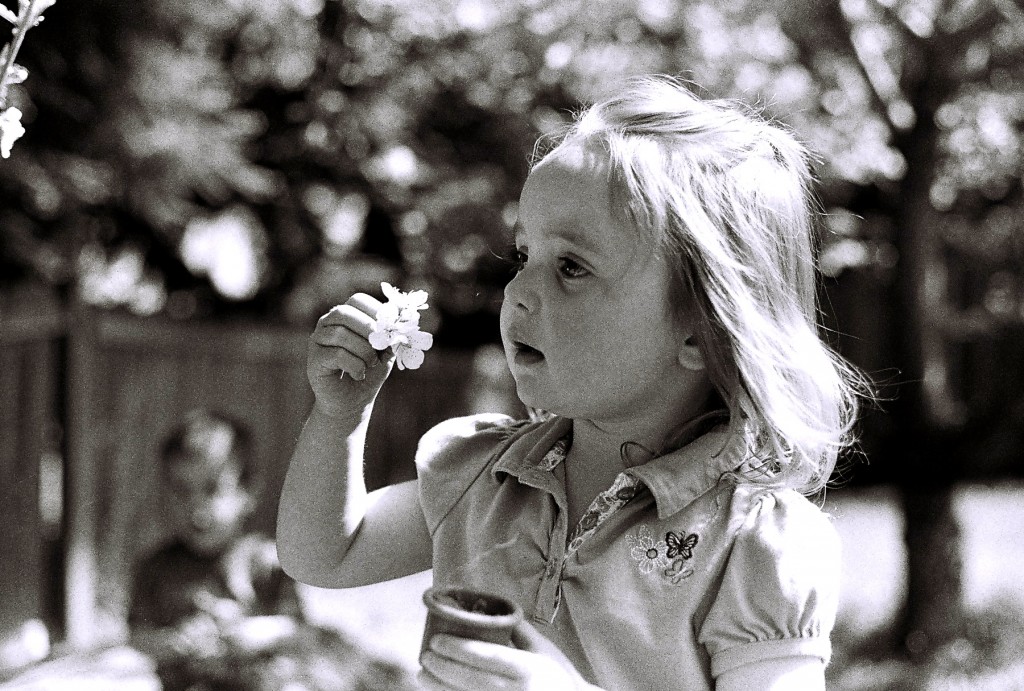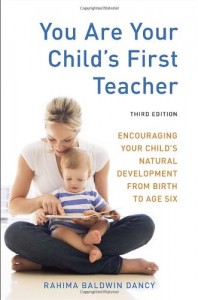“There can be no keener revelation of a society’s soul than the way in which it treats its children.”
- Nelson Mandela
Much like the kitchen, children’s domestic space and toy design was reevaluated after World War II. Toys to encourage the child’s well-being and development were created, along with a new concept of the “playroom”.
“Good Toys”
“In Europe, the United States, and the Soviet bloc after World War II, a host of “good toys” that promised to stimulate imagination, develop the mind, and exercise the body offered a therapeutic, nonviolent image of children’s play… postwar educators and psychologists claimed that the opportunity for play was one of the most solemn rights of childhood around the world.”
(Amy F. Ogata, Century of the Child, pg. 171)
These toys were mostly simple, yet contemplative by design, and made of natural (usually wooden) materials. Such as the toy designer Antonio Vitali whose “… belief in the importance of tactile engagement led him to carve forms that molded to the child’s hand and, as a result, became bound to a child’s own imaginary world.”
Of course, these simple wood toys quickly (1960′s/70′s) changed into plastic/metal versions. And on went the progression from basic postwar “good toys”, and more popularized toys made of mostly inorganic material – promoting cultural pop, space advances, etc. But that would take a whole new article to discuss!
Playroom
With this postwar revolution of children’s play, development and imagination – the playroom became a new idea. A room to let children’s creative power flow, giving them independence and space to just be and play! Before playrooms existed the nursery, and the playroom is an addition to this.
“Experts Jean Piaget, Arnold Gesell, and Benjamin Spock argued that time alone playing with toys was essential for promoting autonomy and stimulating motor development. Architects and designers, building on these theories, produced widely publicized model playrooms for children. These spaces imagined an ideal child, an innocent, creative being who was the designer’s alter ego.”
(Ogata, pg. 175)
Belief and Desire for a Better World
Into the 60′s conventional ideas about domestic space were questioned, as a new generation began commune’s and co-housing, giving the community cooperative obligation to it’s children. Toys and children’s design began to speak a message of hope for a better world. Designers began being more inclusive of different needs in their designs, such as the catering to needs of those with disabilities. Shows such as Sesame Street “transformed children’s programming (and viewing) with messages that encouraged creative growth, individuality, and self-expression.” (Aidan O’Connor, Pg. 215)
Yet, recently there has been an outcry of worry for today’s children. O’Connor points this out by discussing an article that recently came out in the New York Times called “The Kids Are Not All Right” by Joel Bakan - ”Joel Bakan used this statement to underscore the severity of what he and many others see as childhood ‘in crisis’, characterized by relentless adversitising and commercialization, childhood obesity, withdrawal in to electronic media, increasing use of psychotropic medication, and exposure to toxic chemicals.” (O’Connor, pg. 215)
References:
Century of the Child, Growing By Design 1900-2000 by Juliet Kitchen and Aidan O’Connor




